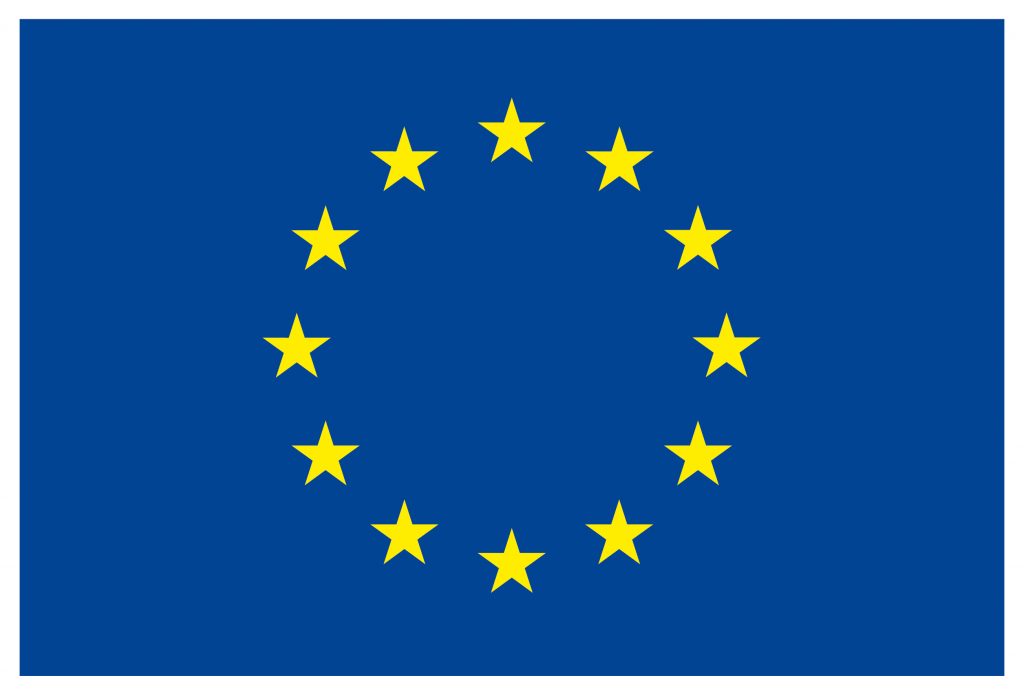
In the summer of 2017, a high-rise fire broke out in the 24 – story Grenfell Tower block of flats in West London caught fire.
It was the worst UK residential fire since World War 2, having claimed the lives of 72 people. Investigations showed that an electrical fault started the fire on the fourth floor.
Additional investigations also proved that the new cladding on the building, a form of aluminum composite panel (ACP), was also to blame. These ACP panels had an inherent design flaw – an air gap between the external insulation and cladding, thus speeding up the spread of the fire through the building.
In 2007, The Water Club in Atlantic City caught on fire, with the polyethylene core of this building’s ACPs helping the fire spread from the 3rd floor to the top of the 41-floor building at exceptional speeds.
In the 10 years between The Water Club and Grenfell Tower, there were no fewer than 10 large-scale fires aided by the combustion of ACP panels and their materials.
The costs of these fires to insurance companies are significant. Recladding over 310 residential towers in the UK will cost over £1bn.
While many forms of ACP panels have been redesigned using safer materials and design methods, the risks still remain. In the shadow of such events and subsequent findings, insurance companies need to revise and improve the methods and processes they use to predict and evaluate risk.
Insurers are turning to the Insurtech industry now more than ever for various reasons. One major problem that the Insurtech industry solves is the efficiency and accuracy of risk evaluation.
Tools like Tensorflight lead the way in this space, with Artificial Intelligence (AI) and Machine Learning (ML). Combining such technology with satellite imagery and other public records, insurers capture an accurate breakdown of the materials used in building construction and accurately identify building materials like ACP panels.
Historically, property inspections and manual checks during the risk assessment phase are costly and time-consuming. Tensorflight’s technology can identify properties at increased risk to fire, like Grenfell Tower, often without the need for an on-site inspection.
But there’s more to risk assessment than ACP panels. In populated parts of the world that often have dry, scorching summers, like California, the Mediterranean, and the east coast of Australia, overhanging trees and other flora add to fire risks. Combine the asbestos in the roofs and walls of older buildings, and insurance costs can quickly skyrocket.
With access to detailed imagery and powerful AI and ML algorithms, Tensorflight takes geographic location, tree coverings, building age, and materials into context. Not only are underwriters presented with a total replacement cost of the queried building, but they also see an itemized breakdown of materials, risk factors, and other elements on the value of a building.
The cost of on-site inspections and sourcing historical data is costly and time-consuming. Prices can vary between a few hundred to a few thousand pounds, making it harder to establish a baseline. Technology like Tensorflight provides better analysis and does so at a fraction of the cost.
Tensorflight provides tools that can help reduce on-site visits, as well as provide inspectors insights prior to visiting the property, improving efficiency.
While the dangers of ACP panels have been redesigned and higher standards have been implemented in many parts of the world, the risk factors are still evident. Buildings of all types will continue to be built using these cost-effective and efficient forms of cladding and insulation.
However small they may be, the risk factors associated with those products remain. This makes it even more critical that insurers and underwriters make decisions based on accurate data in order to provide the best types of insurance products & services.
Reach out to the Tensorflight team to see how our software can help you detect ACP panels in your buildings.



